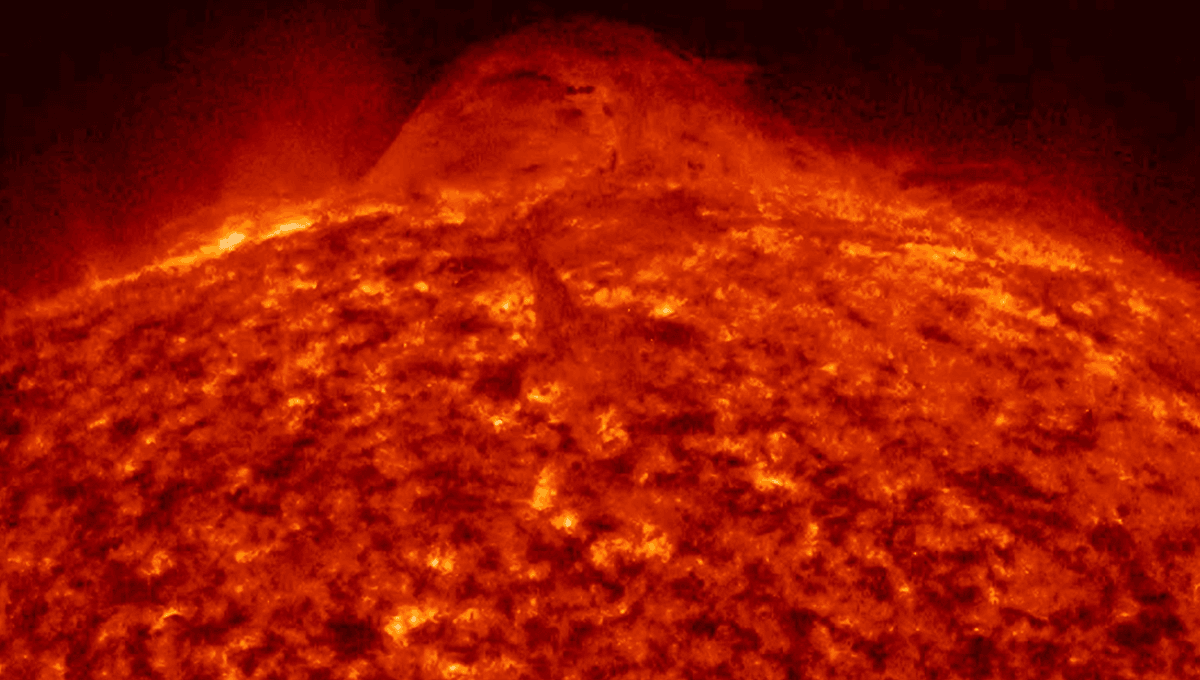
While there is no shortage of complicated questions to ask about the universe, sometimes it’s fun to go back to basics. In that spirit, here’s the answer to a question people have asked time and time again on the Internet: “If there’s no oxygen in space, how is the Sun on fire?”
First off, there is molecular oxygen in space – just not a lot of it. It has been found in molecular form in a few places, including the Orion Nebula and the Rho Ophiuchi cloud, and the galaxy named Markarian 231. Even in the Orion Nebula, it is scarce, and it is definitely not the reason why the Sun “burns”, because it doesn’t. Earth is the only place in our solar system where we know that there is fire. In fact, it is the only place in the universe where we are sure that fire exists, and yes, that includes stars and the Sun.
To have fire, you need free atmospheric oxygen. Without it, combustion simply cannot take place, and for sustained combustion, experiments show that an atmospheric volume of around 16 percent O2 is required. Despite being the third most abundant element in the universe behind helium and hydrogen, free molecular oxygen has only been found in abundance on Earth, where our atmosphere is 21 percent oxygen.
The Sun is 91 percent hydrogen and 8.9 percent helium in terms of its number of atoms, and around 70.6 percent hydrogen and 27.4 percent helium by mass. If you do the math real quick, you’ll notice that doesn’t leave a lot of room for oxygen to be present, let alone enough to sustain fire. Instead, heat and light are generated by nuclear fusion.
“The Sun’s enormous mass is held together by gravitational attraction, producing immense pressure and temperature at its core,” NASA explains. “At the core, the temperature is about 27 million degrees Fahrenheit (15 million degrees Celsius), which is sufficient to sustain thermonuclear fusion. This is a process in which atoms combine to form larger atoms and in the process release staggering amounts of energy. Specifically, in the Sun’s core, hydrogen atoms fuse to make helium.”
It is this that produces the Sun’s heat and light. But if the Sun isn’t on fire, and space is a vacuum, how do we feel the Sun’s heat on Earth?
With fewer particles to interact with in the (almost) vacuum of space, there is not enough matter to heat via radiation. The heat we feel on Earth is not direct heat energy from the Sun, but the result of solar radiation emitted from the Sun (wavelengths across the electromagnetic spectrum, including visible light) interacting with particles on Earth.
Source Link: People Are Asking If There Is No Oxygen In Space, How Is The Sun On Fire?